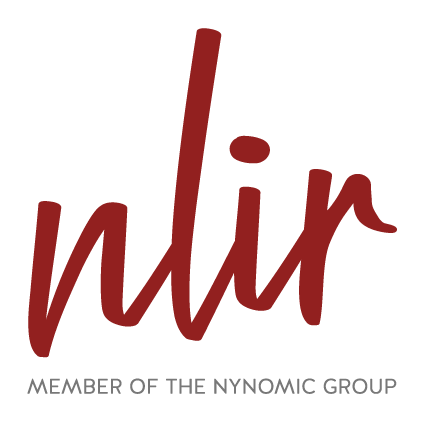Applications
Mid-infrared (MIR) spectroscopy has an immeasurable amount of different applications in all corners of industry and research. Below is an (incomplete) list of applications where measuring mid-infrared light plays a crucial role, along with how our products can be used.

Spectroscopic Measurements
All molecules and materials absorb light at some specific wavelengths. In this process, light from a broadband source is passed through a material and analyzed afterwards. Different materials will absorb and pass a unique set of different wavelengths and based on this “fingerprint” it is possible to identify and analyze a sample just by measuring the transmission of light. It is a challenging task to measure transmitted light in the mid-infrared region (MIR), where higher sensitivity, larger dynamic range, or faster read-out are often required.
Discover how spectroscopic measurements can be applied in different cases
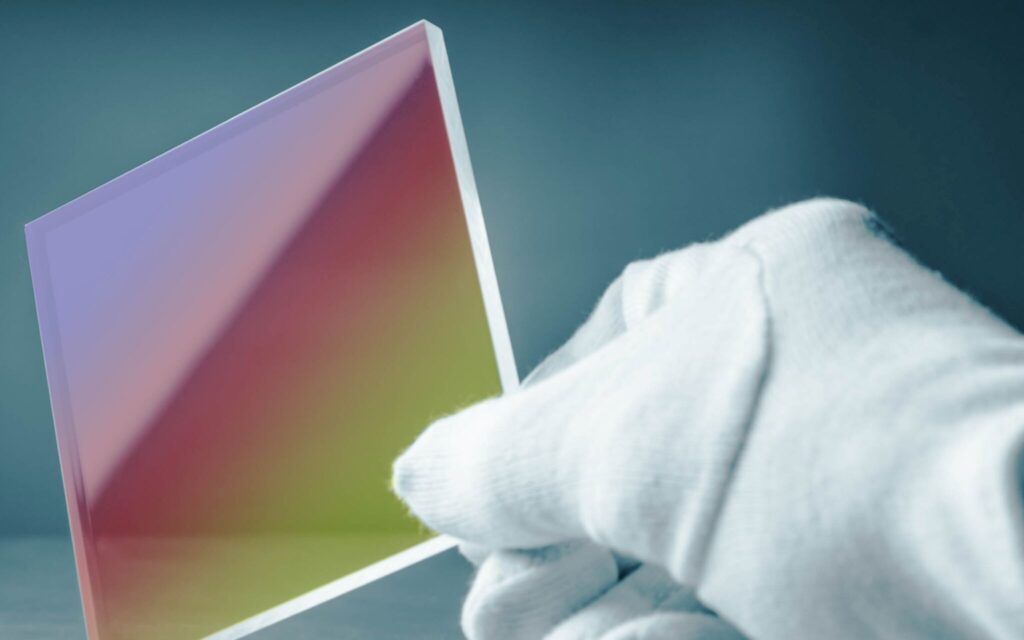
Optical Coating
The quality, performance, and effectiveness of optical coatings are influenced by the uniformity and thickness of the material. In IR coating materials, spectral transmission and chemical composition differ. In addition, several molecules have very strong absorption properties. High-speed, high-resolution, and ultrasensitive IR spectrometers are the ideal option for measuring optical film thickness and measuring the uniformity of film thickness across coated surfaces.
Continue reading about IR optical coating measurements, techniques, and applications
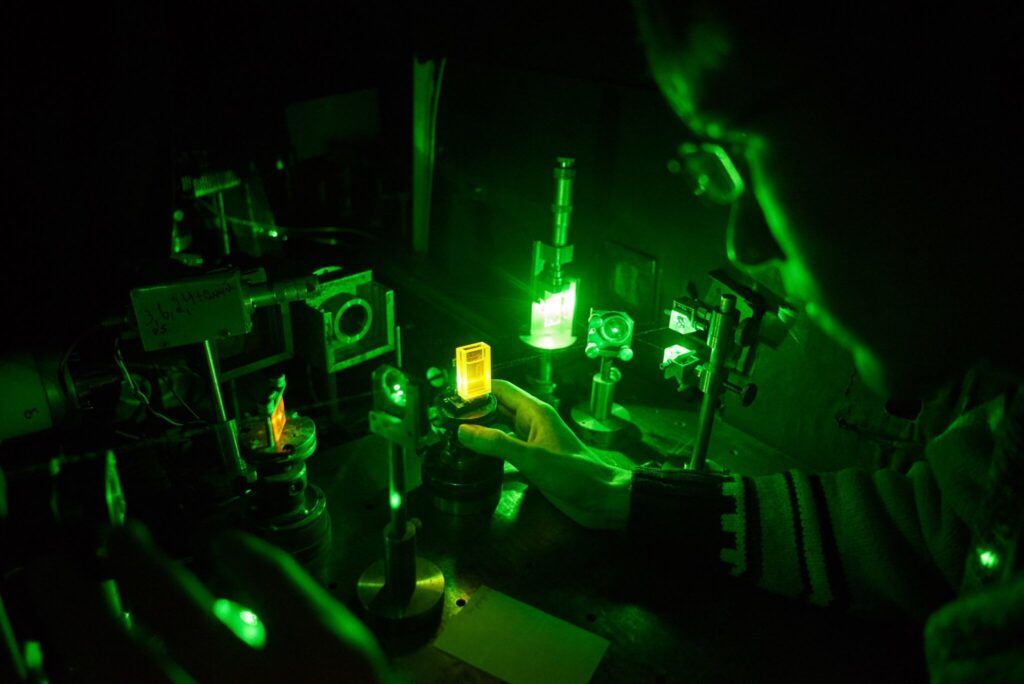
Laser System Diagnostics
With the recent years of rapid development in coherent infrared light sources, there is a growing need for beam diagnostics that can keep up with the new requirements. NLIR offers still the fastest available infrared spectrometer that can deliver live pulse-to-pulse spectra at a rate of 130 kHz. Hence, together with the portfolio of ns-rise-time detectors, we can provide unique insight into the development and use of new infrared light sources.
Continue reading Mid-IR laser characterization examples
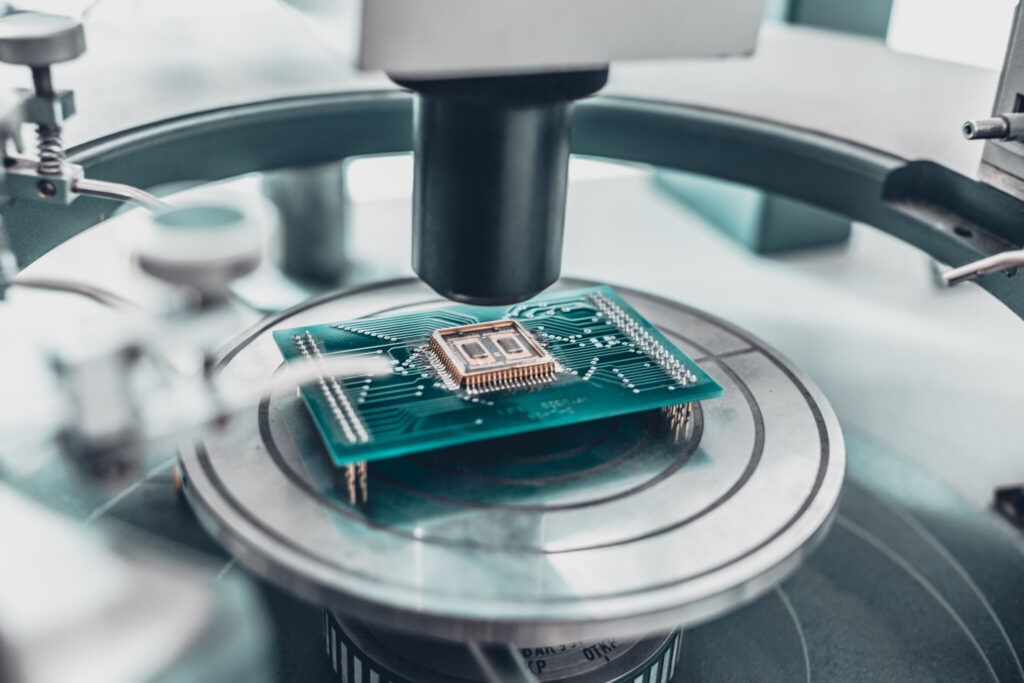
Sample Probing with Optical Fibers
The use of fiber optic probes makes it easier to analyze large or strange-shaped samples, observe real-time high-powered reactions, and perform any other application where samples must be brought to the spectrometer. The development of optical fibers that transmit in the mid-IR has enabled the growth of a wide range of spectroscopic probes that provide critical solutions in a range of applications.
Continue reading more about sample probing with optical fibers

Industrial Process Monitoring
Keeping industrial processes and production facilities sustainable and efficient requires constant monitoring and analysis. The NLIR range of MHz-detectors and kHz-spectrometers deliver unprecedented speeds and sensitivities in the range from 2-5 µm and 7-12 µm. In addition, with in-house fabrication and design facilities, our team of experienced engineers is ready to work with you on your next OEM application.
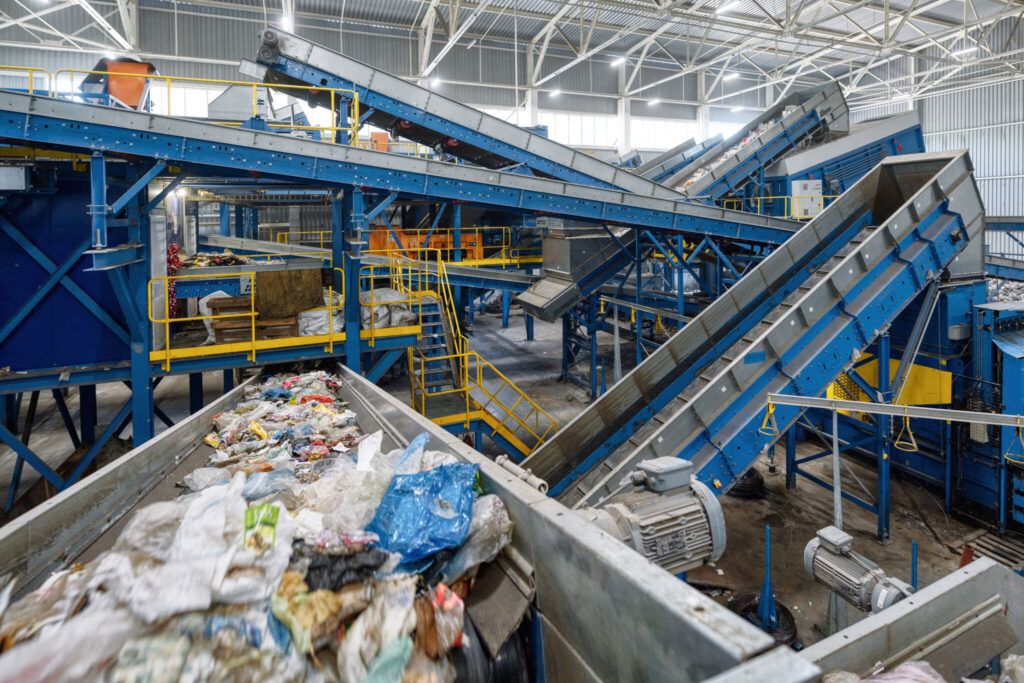
Mid-Infrared Spectroscopy in Plastic Identification
In a world with a circular economy, it is crucial to reduce the amount of waste and recycle existing plastic resources. The current standard for plastic sorting is near-infrared (NIR) spectrometers that work in the range where black plastic is completely undetectable. However, NLIR’s mid-infrared (MIR) spectrometer gives the possibility of color-neutral plastic identification with a 130 kHz live read-out rate of up to 750 spectral bands.
Continue reading more about solutions for sorting of black plastics.

Remote Sensing Spectroscopy
For most remote sensing applications speed, sensitivity, and noise filtering are crucial. In brief, NLIR detectors offer a wide range of rise-times and sensitivities. All feature narrow-band spectral filtering and provide high performance, even at compact numerical apertures. Furthermore, our experienced team is ready to work on your OEM implementation of single wavelength detectors in a compact and easy integration.

Fast-Event Spectroscopic Analysis
NLIR single-wavelength detectors facilitate industrial process monitoring, fast chemical events, or any other challenge that requires ns-rise-times and MV/W responses. To reach these performance levels we present a unique combination of our proprietary upconversion technology and high-performance silicon APD detectors. That together with a free-space or fiber-input port allows NLIR to deliver new levels of easy integration for infrared detectors.
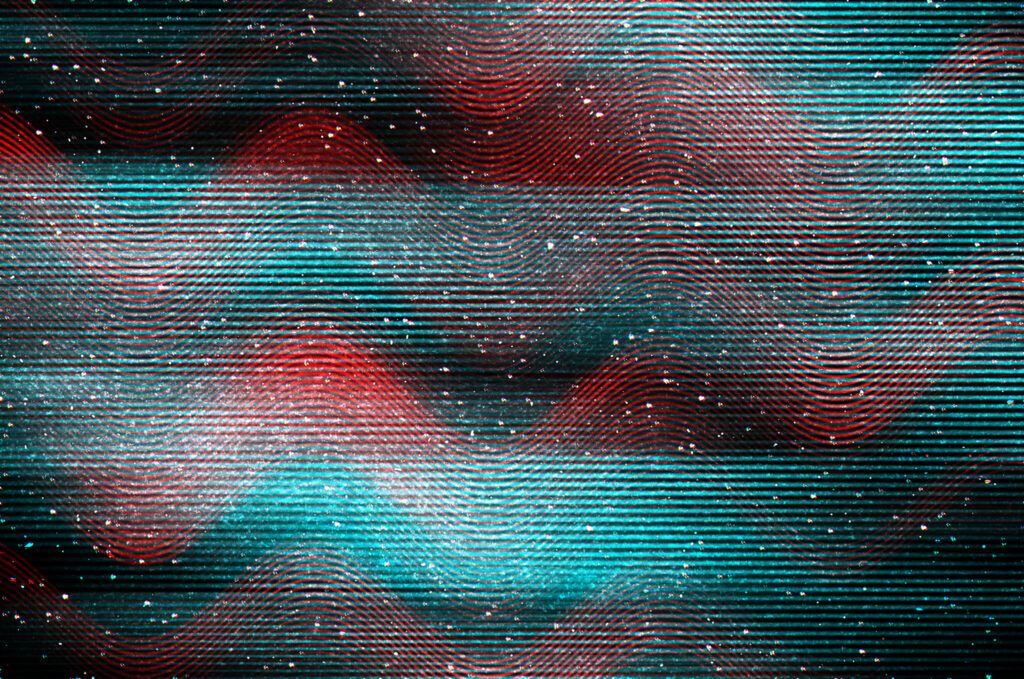
Ultra-Low Signal Detection Spectroscopy
Even if your experiment requires extraction of the most delicate and weak signal levels the NLIR D2250-DC delivers an unbelievable IR response of 200 GV/W. Together with femto-watt noise performance and a huge dynamic range, the NLIR detector can deliver spectacular results. It is ideal for any application that requires ultra-low signal extraction.
Watch demo of our 1 GHz min-infrared tunable detector.
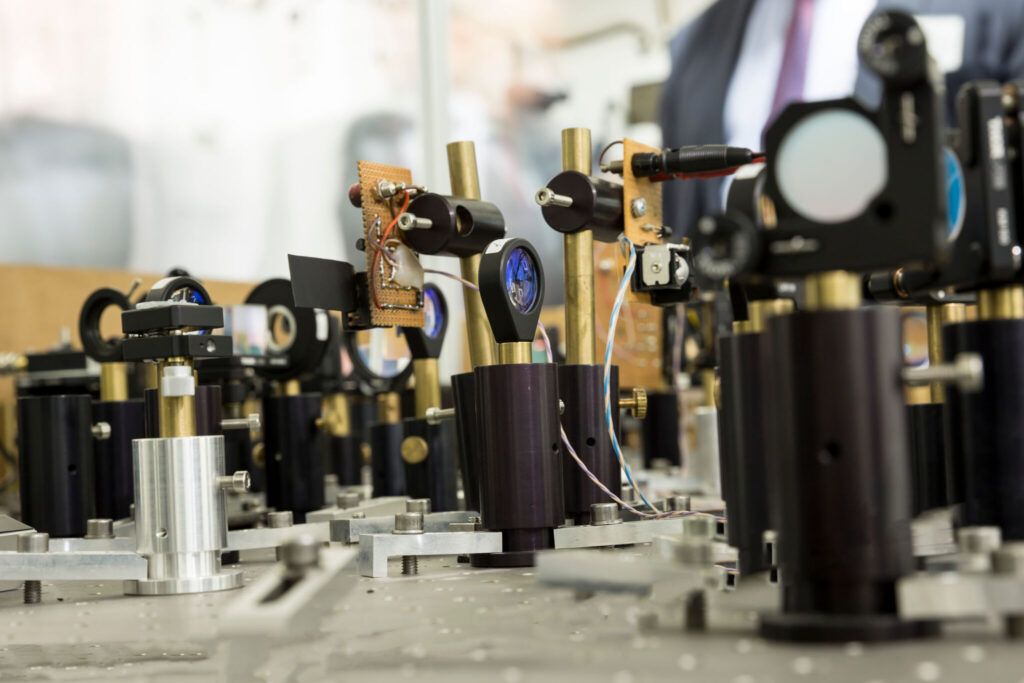
Mid-Infrared Spectroscopy in Research
Being a small university spin-out we hold an agile and scientific-based approach to product development. This includes valuable and close collaboration with our customers and partners. The NLIR upconversion technology has proven to enable cutting-edge experimental results in numerous publications, and we are constantly looking for new challenges. If you believe we have a common potential, we encourage you to contact us for further discussion.

Free-Space Optical Communication
With our prototype GHz mid-infrared (MIR) detector, you can take your free-space communication setup to the next level. In fact, we deliver a 10 GHz detector, pre-amplified and plug-and-play. You get the option to be tunable, flexible, and sensitive or broadband for the easiest configuration. Contact us for any questions on the available options.
Can't find your application?
Do not hesitate to contact us at
info@nlir.com
and we can discuss your specific measurement situation.

Spectroscopic Measurements
All molecules and materials absorb light at some specific wavelengths. In this process, light from a broadband source is passed through a material and analyzed afterwards. Different materials will absorb and pass a unique set of different wavelengths and based on this “fingerprint” it is possible to identify and analyze a sample just by measuring the transmission of light. It is a challenging task to measure transmitted light in the mid-infrared region (MIR), where higher sensitivity, larger dynamic range, or faster read-out are often required.
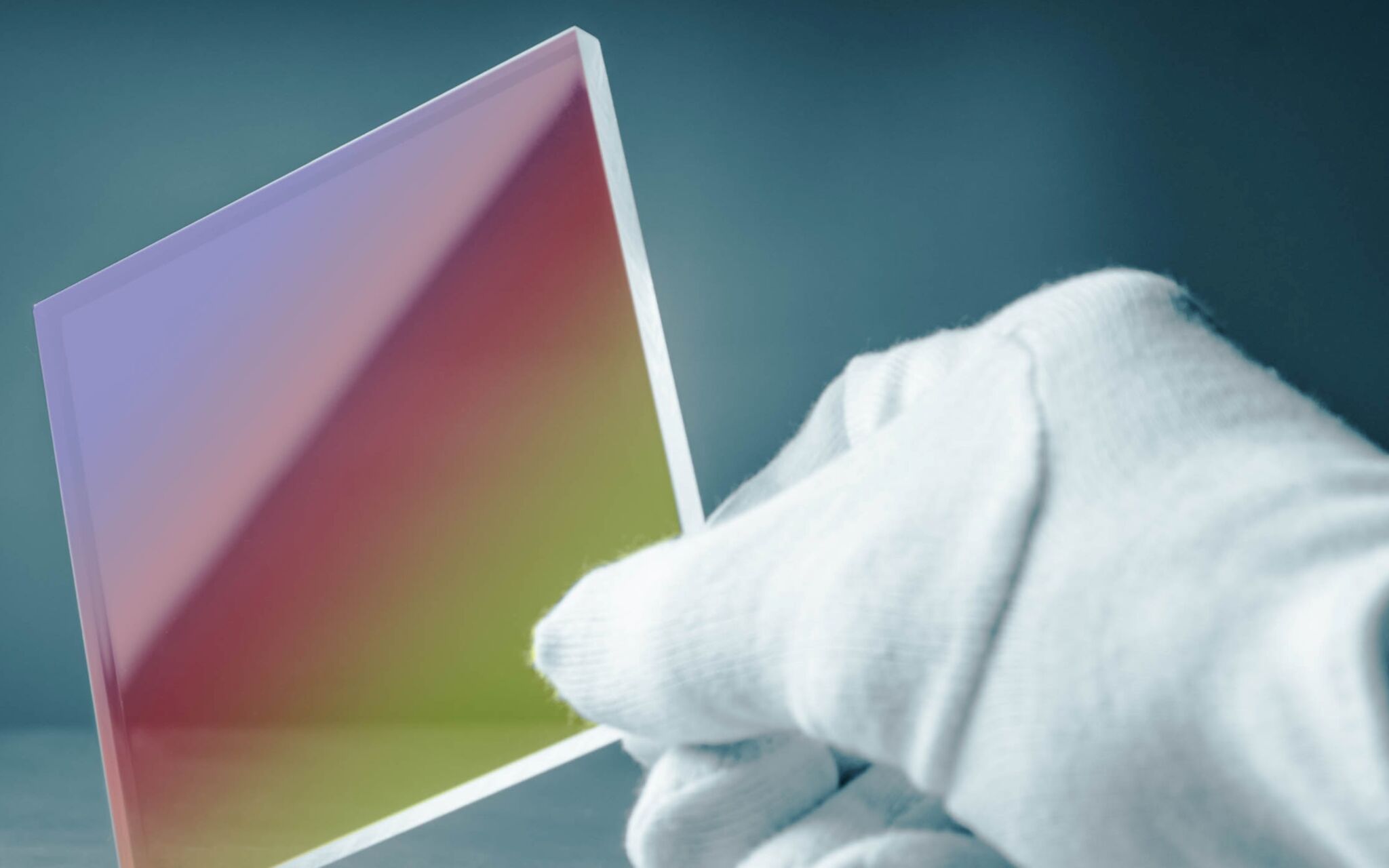
Optical Coating
The quality, performance, and effectiveness of optical coatings are influenced by the uniformity and thickness of the material. In IR coating materials, spectral transmission and chemical composition differ. In addition, several molecules have very strong absorption properties. High-speed, high-resolution, and ultrasensitive IR spectrometers are the ideal option for measuring optical film thickness and measuring the uniformity of film thickness across coated surfaces.
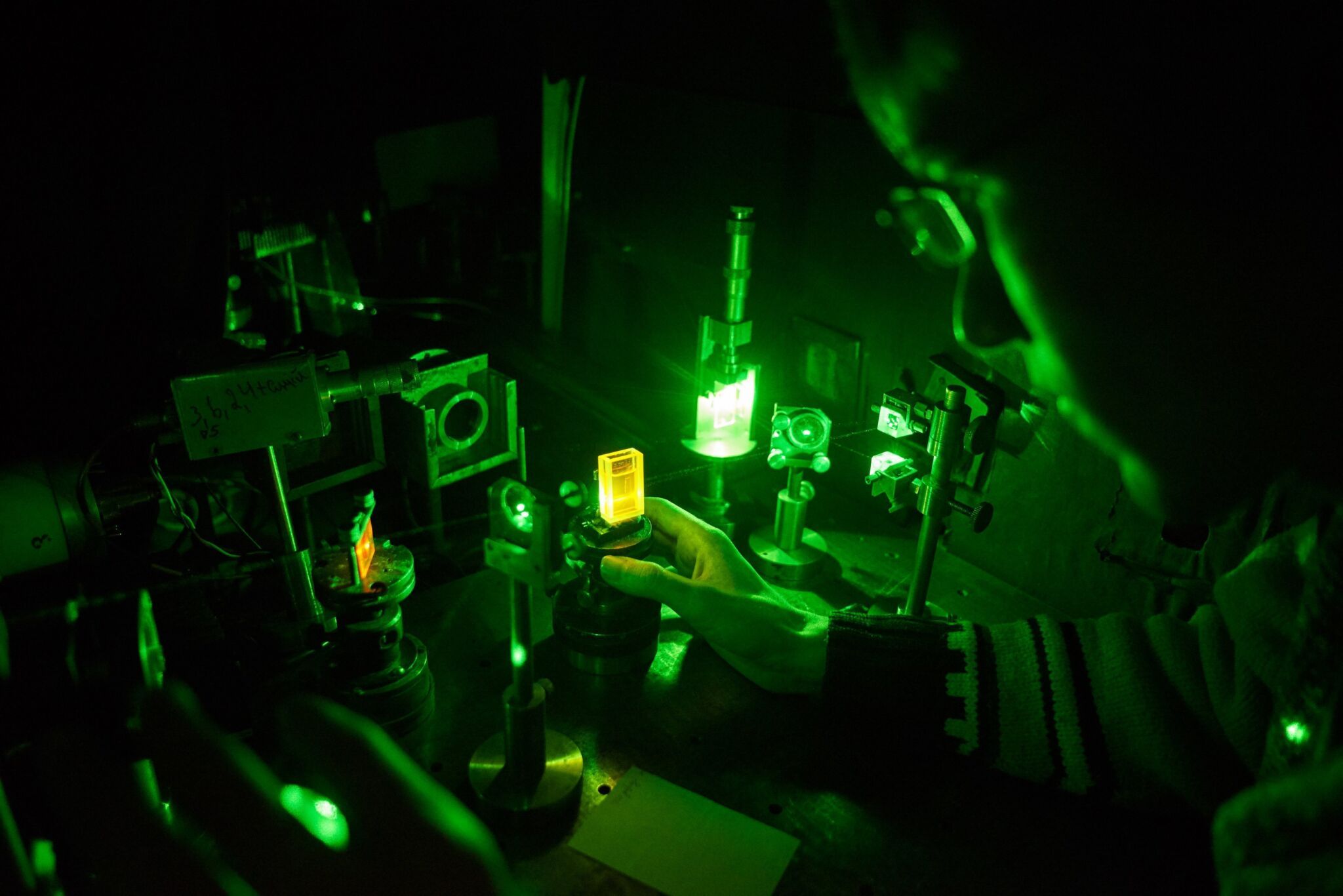
Laser System Diagnostics
With the recent years of rapid development in coherent infrared light sources, there is a growing need for beam diagnostics that can keep up with the new requirements. NLIR offers still the fastest available infrared spectrometer that can deliver live pulse-to-pulse spectra at a rate of 130 kHz. Hence, together with the portfolio of ns-rise-time detectors, we can provide unique insight into the development and use of new infrared light sources.

Sample Probing with Optical Fibers
The use of fiber optic probes makes it easier to analyze large or strange-shaped samples, observe real-time high-powered reactions, and perform any other application where samples must be brought to the spectrometer. The development of optical fibers that transmit in the mid-IR has enabled the growth of a wide range of spectroscopic probes that provide critical solutions in a range of applications.

Real-time Industrial Process Monitoring
Keeping industrial processes and production facilities sustainable and efficient requires constant monitoring and analysis. The NLIR range of MHz-detectors and kHz-spectrometers deliver unprecedented speeds and sensitivities in the range from 2-5 µm and 7-12 µm. In addition, with in-house fabrication and design facilities, our team of experienced engineers is ready to work with you on your next OEM application.
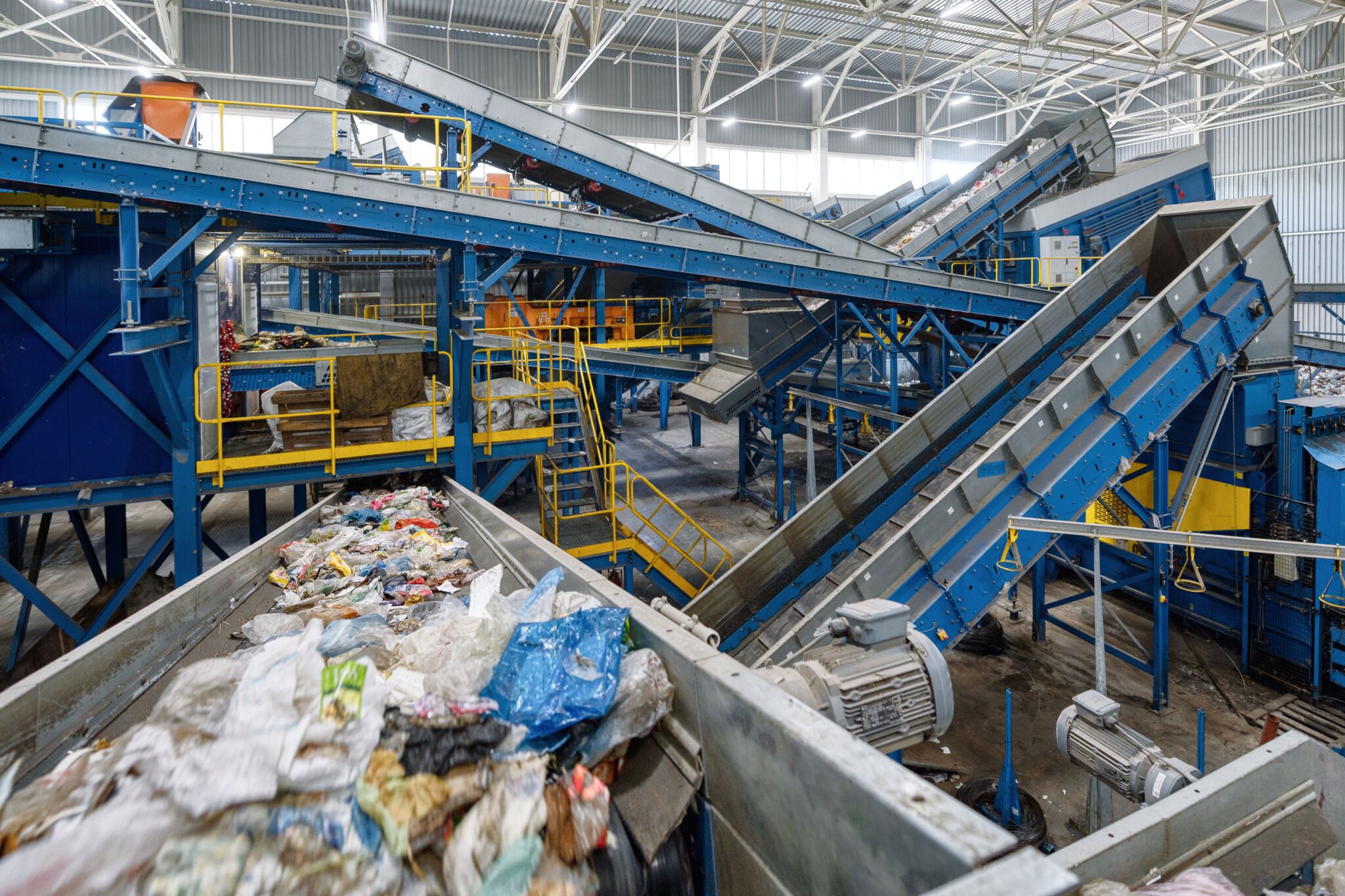
Mid-Infrared Spectroscopy in Plastic Identification
In a world with a circular economy, it is crucial to reduce the amount of waste and recycle existing plastic resources. The current standard for plastic sorting is near-infrared (NIR) spectrometers that work in the range where black plastic is completely undetectable. However, NLIR's mid-infrared (MIR) spectrometer gives the possibility of color-neutral plastic identification with a 130 kHz live read-out rate of up to 750 spectral bands.

Remote Sensing Spectroscopy
For most remote sensing applications speed, sensitivity, and noise filtering are crucial. In brief, NLIR detectors offer a wide range of rise-times and sensitivities. All feature narrow-band spectral filtering and provide high performance, even at compact numerical apertures. Furthermore, our experienced team is ready to work on your OEM implementation of single wavelength detectors in a compact and easy integration.

Fast-Event Spectroscopic Analysis
NLIR single-wavelength detectors facilitate industrial process monitoring, fast chemical events, or any other challenge that requires ns-rise-times and MV/W responses. To reach these performance levels we present a unique combination of our proprietary upconversion technology and high-performance silicon APD detectors. That together with a free-space or fiber-input port allows NLIR to deliver new levels of easy integration for infrared detectors.

Ultra-Low Signal Detection Spectroscopy
Even if your experiment requires extraction of the most delicate and weak signal levels the NLIR D2250-DC delivers an unbelievable IR response of 200 GV/W. Together with femto-watt noise performance and a huge dynamic range, the NLIR detector can deliver spectacular results. It is ideal for any application that requires ultra-low signal extraction.
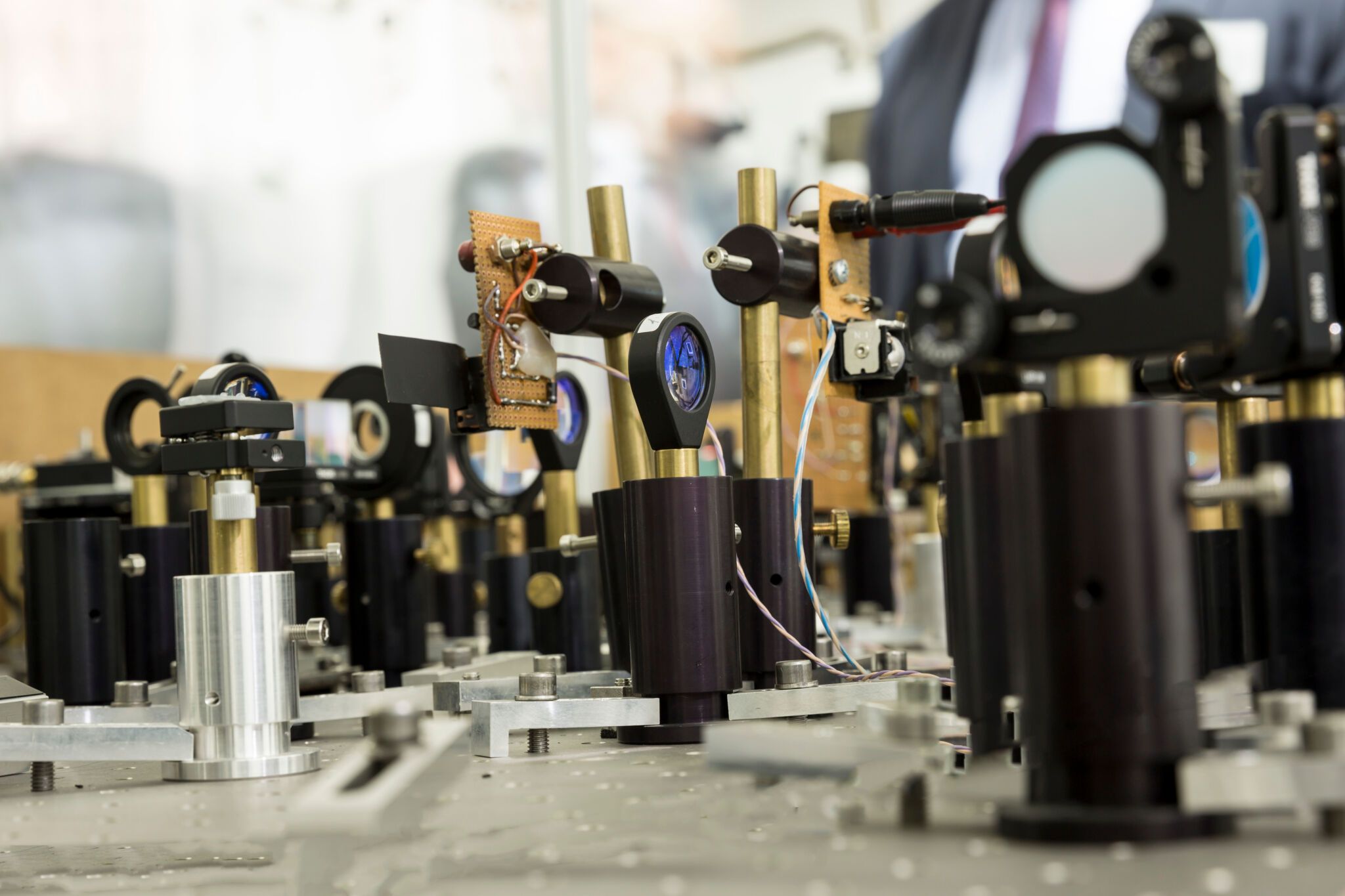
Mid-Infrared Spectroscopy in Research
Being a small university spin-out we hold an agile and scientific-based approach to product development. This includes valuable and close collaboration with our customers and partners. The NLIR upconversion technology has proven to enable cutting-edge experimental results in numerous publications, and we are constantly looking for new challenges. If you believe we have a common potential, we encourage you to contact us for further discussion.

Free-Space Optical Communication
With our prototype GHz mid-infrared (MIR) detector, you can take your free-space communication setup to the next level. In fact, we deliver a 10 GHz detector, pre-amplified and plug-and-play. You get the option to be tunable, flexible, and sensitive or broadband for the easiest configuration. Contact us for any questions on the available options.
